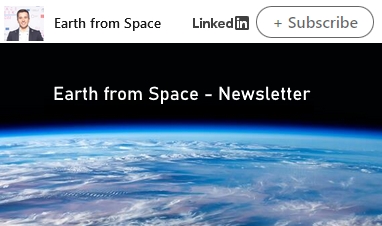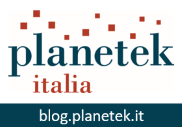Air Monitoring Revolution: Satellites Unveiling the Invisible Threat

Milan captured the spotlight on March 21, 2023, but not for the right reasons. It was exposed as the pollution capital of the European Union and one of the world’s top three most polluted cities. This revelation has triggered widespread concern about the alarming impact of air pollution on public health and the environment, especially in the Po Valley in Italy.
Fortunately, advancements in space technology have sparked a revolutionary solution: satellite-based air monitoring. Satellites, led by the Sentinel 5p, have emerged as indispensable tools for collecting precise data on air quality.
But why rely on satellites for monitoring polluted air? The answer lies in their ability to cover vast areas, offering a global or regional perspective. This comprehensive view lets us identify the most affected areas and take targeted actions to improve air quality.
How do Satellites conquer Air Monitoring?
Satellites achieve this feat through sophisticated sensors that employ spectroscopy to analyze light wavelengths and identify unique spectral characteristics of air pollutants. The TROPOMI instrument on the Sentinel 5p, for example, measures concentrations of carbon dioxide (CO2), nitrogen monoxide (NO), sulfur dioxide (SO2), and other harmful gases. By gathering global data, satellites provide a comprehensive understanding of the impact of air pollution and its sources.
In addition, satellite sensors utilize thermal infrared technology to capture thermal radiation emitted by the Earth, allowing for temperature and air pollutant distribution analysis.

Sentinel 5p: Leading the Charge in European Air Quality Monitoring
Taking the lead in Europe, the Sentinel 5p satellite is crucial in monitoring air quality. Developed by the European Space Agency – ESA, its high-resolution imaging spectrometer, TROPOMI, provides vital insights into pollutant concentrations. The media frequently highlights its analyses, shedding light on air pollution levels in Italy’s heavily affected Po Valley. In the picture above an example of the Copernicus Sentinel-5P.
In conclusion, the satellite revolution in air monitoring allows us to uncover the invisible threats surrounding us. Armed with this knowledge, we can make informed decisions and strive for a healthier and more sustainable future.
Discover more on planetek website.
Read on: Join “Earth from Space” newsletter on LinkedIn


